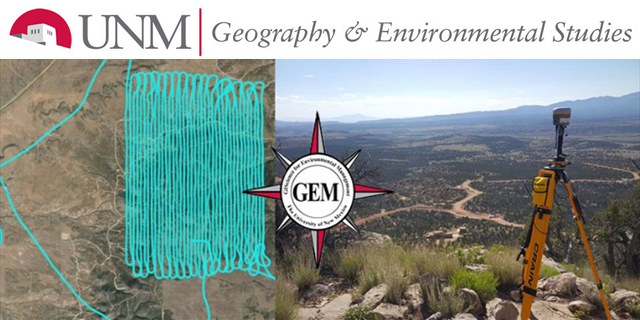
Geography ETDs
Publication Date
Spring 7-31-2021
Abstract
Tamarix spp., also known as salt cedar or tamarisk, is a shrub that has garnered a notorious reputation in North America as an invasive plant, with widespread policy and research advocating for its eradication in the Southwest U.S. and Northern Mexico. This study examines both governmental conservation documents and news articles to investigate narrative trends on tamarisk in the Southwestern U.S. and Northern Mexico as a contiguous region (the Chihuahuan Desert), expanding on current research to include transborder effects on the perception and management of introduced species. This paper asks: In the last 25 years, how has the movement, management and biocontrol of tamarisk plants interacted with broader discourses of invasion in the Southwestern U.S. and Northern Mexico? The study finds that quotidian intimacy with and use of tamarisk defines Mexican news narratives. In U.S. publications, militaristic narratives pose human relationships to tamarisk as combative and hierarchical. The paper argues that the discursive division between the two countries has damaged relationships and economies in Northern Mexico and blinded perspectives in the U.S. to other ways of knowing and relating to tamarisk. This narrative intervention seeks to help to form new paths forward in thinking about introduced species.
Degree Name
Geography
Department Name
Geography
Level of Degree
Masters
First Committee Member (Chair)
Maria Lane
Second Committee Member
Melinda Morgan
Third Committee Member
Marygold Walsh-Dilley
Document Type
Thesis
Language
English
Keywords
invasive species, discourse analysis, multispecies assemblages, Diorhabda spp.
Recommended Citation
Pepper, Shannon S.. "Weedy Relations: Narratives of invasion and intimacy with tamarisk in the Chihuahuan Desert." (2021). https://digitalrepository.unm.edu/geog_etds/54
